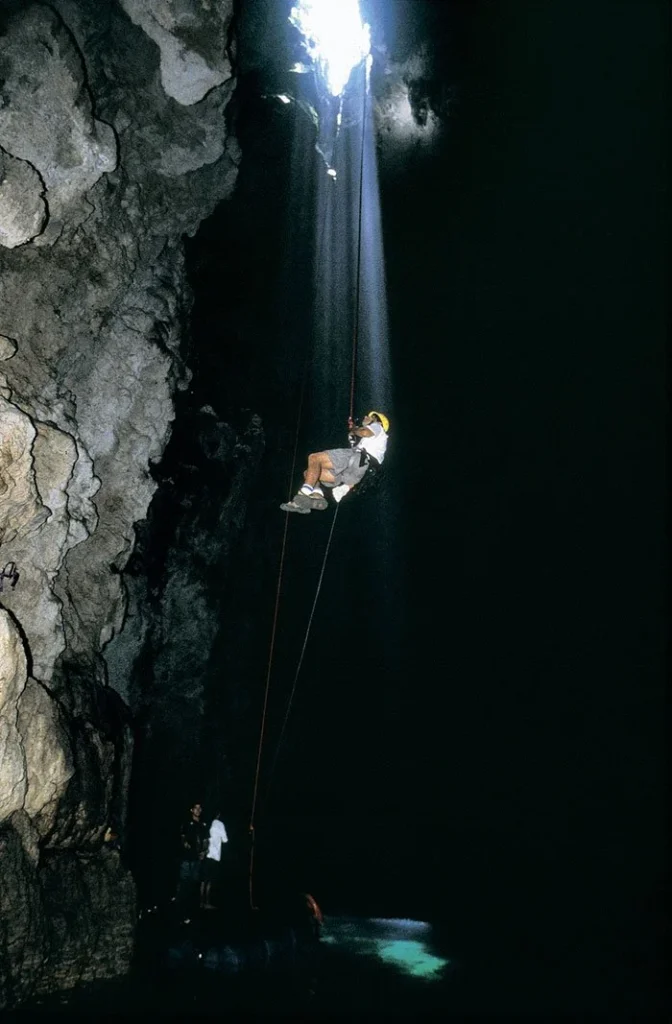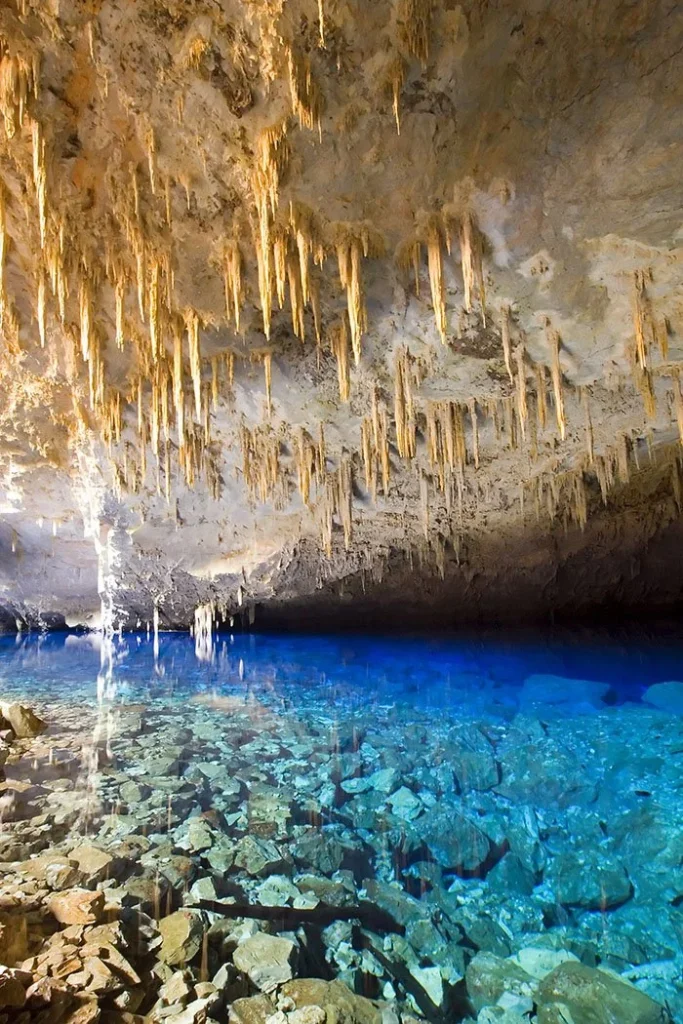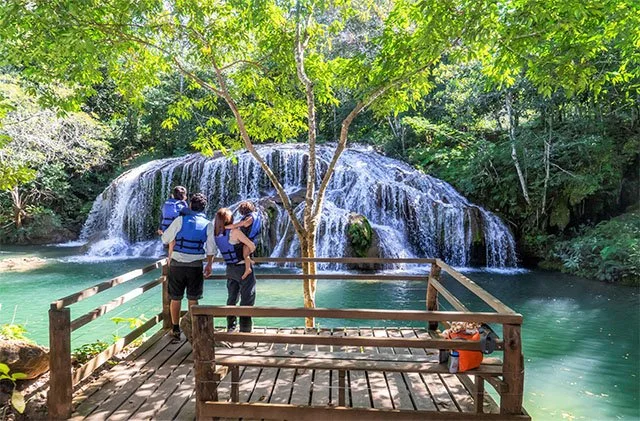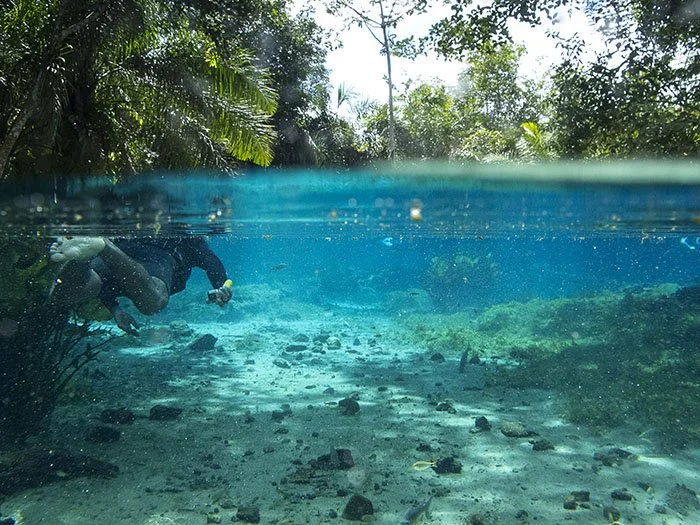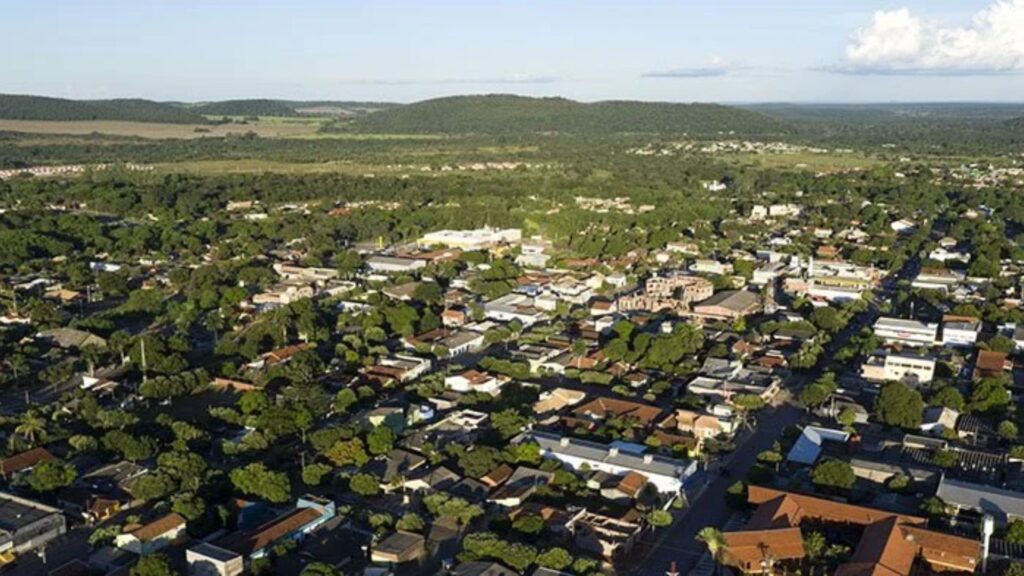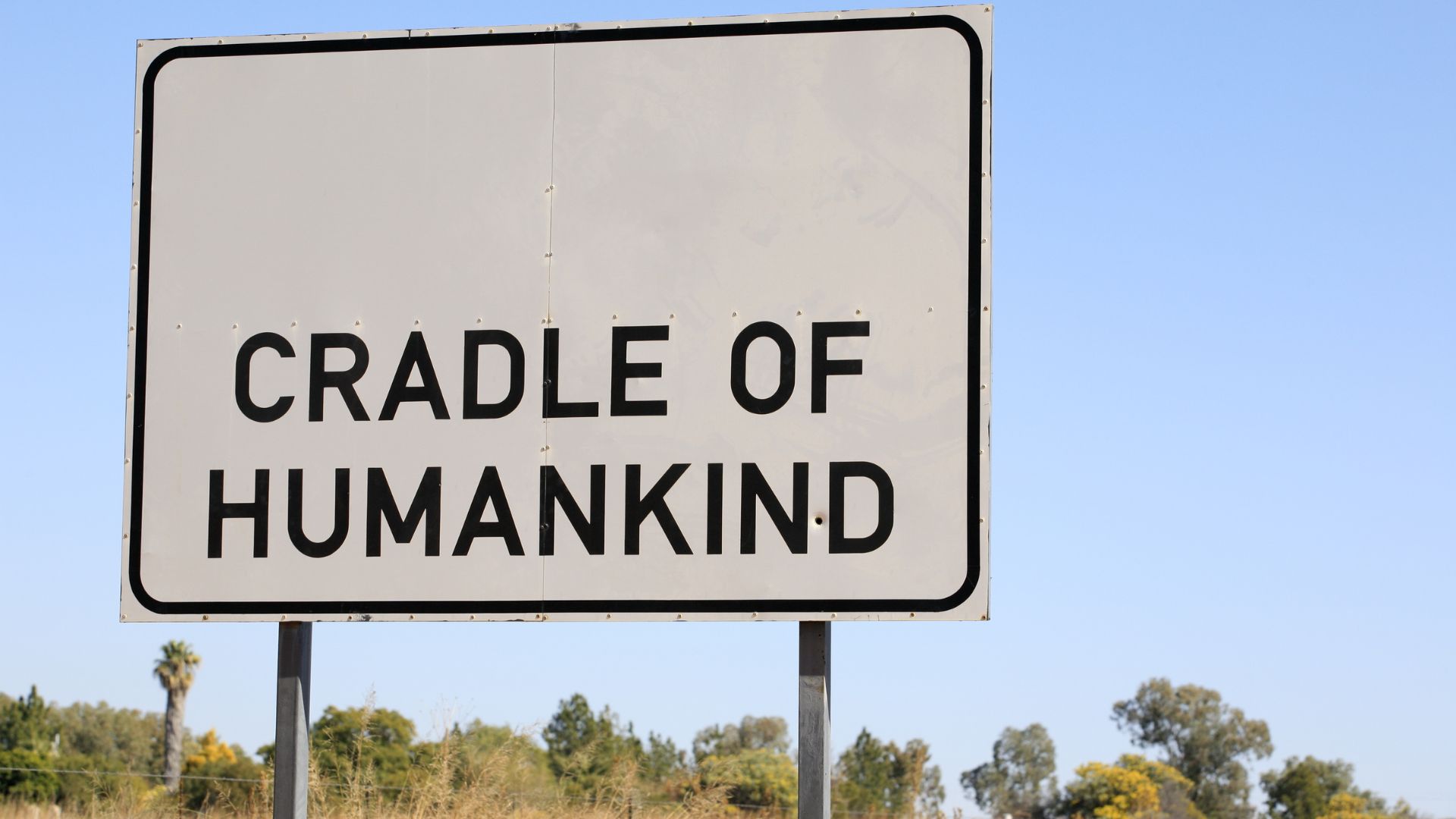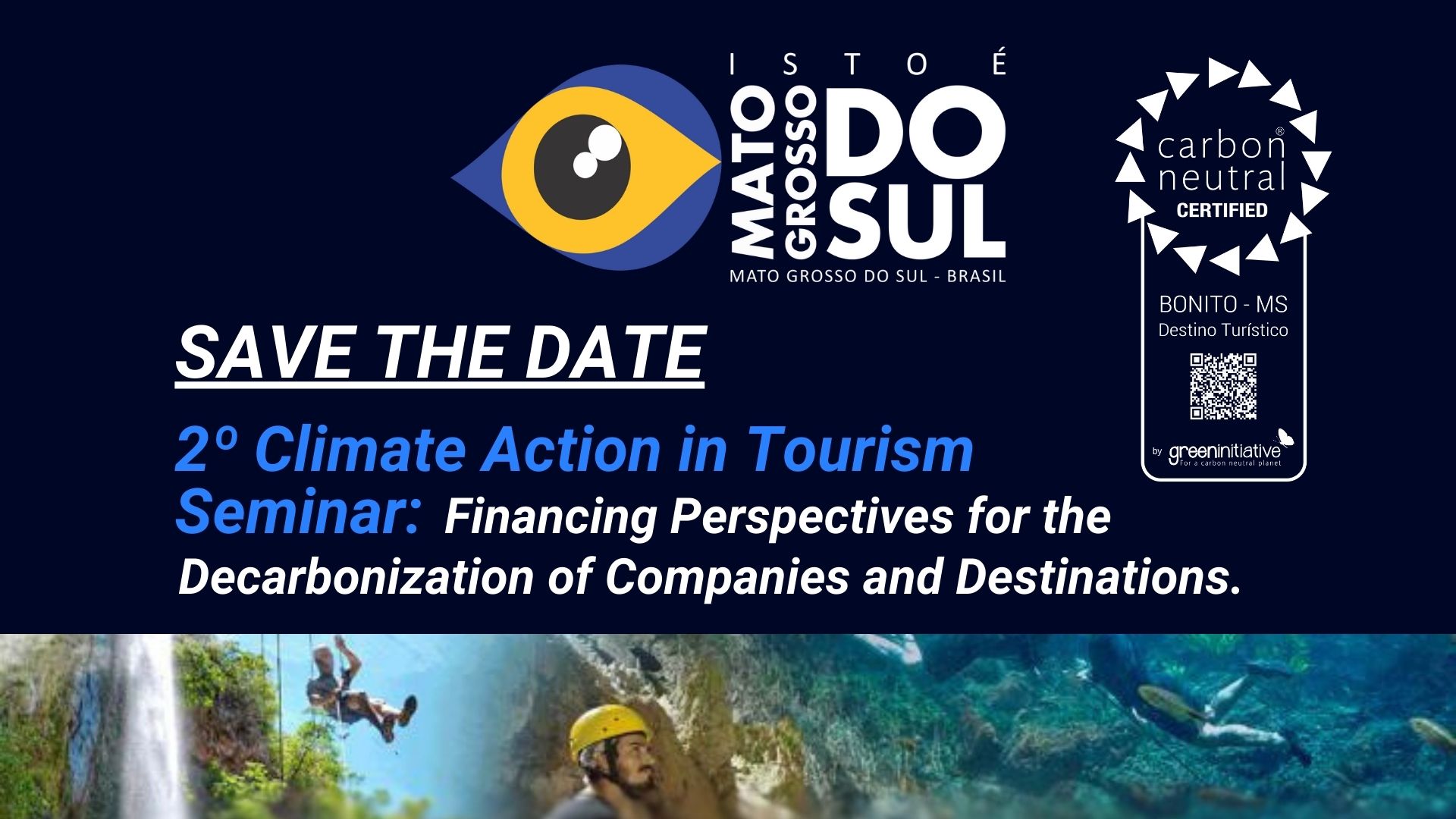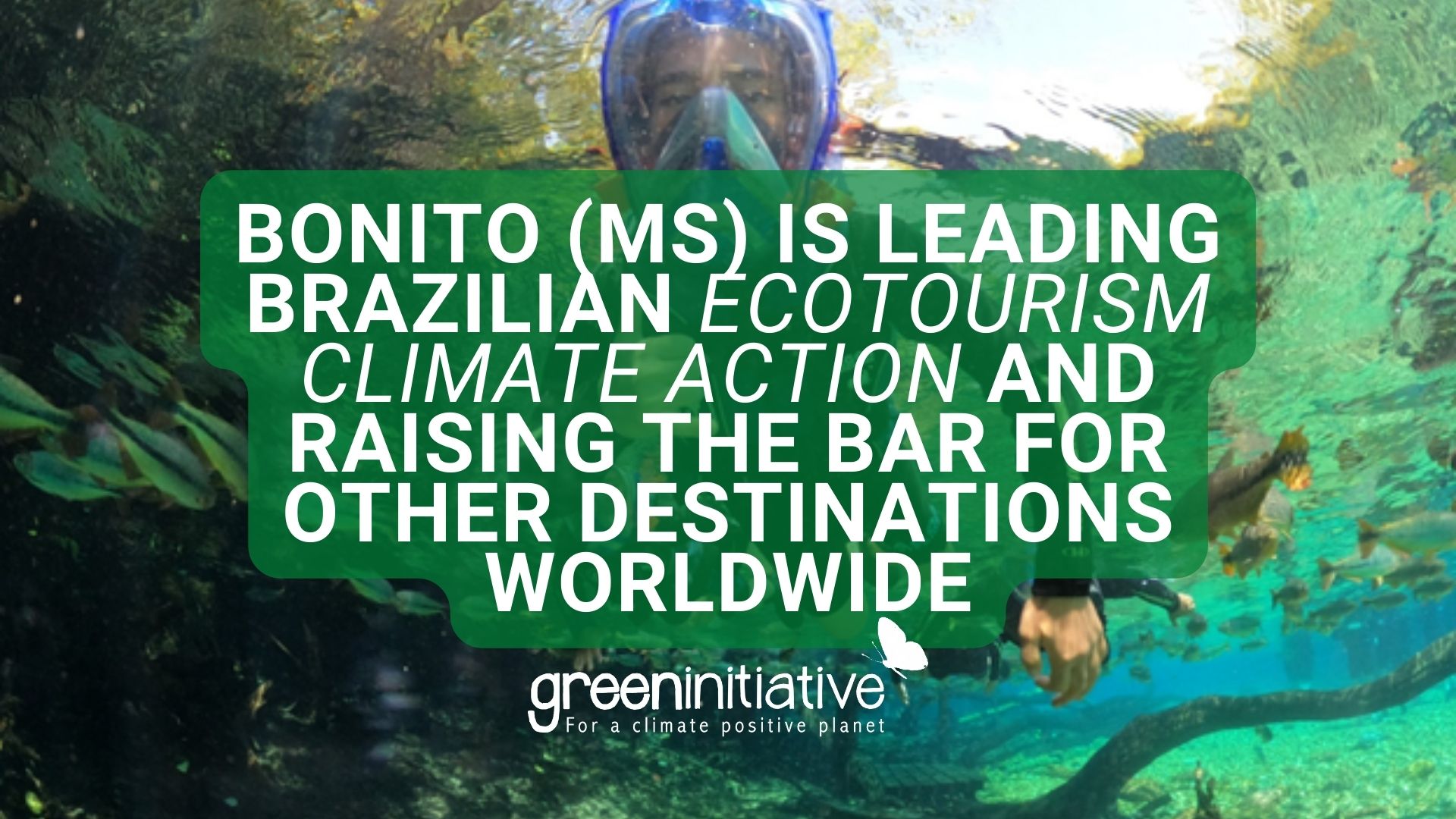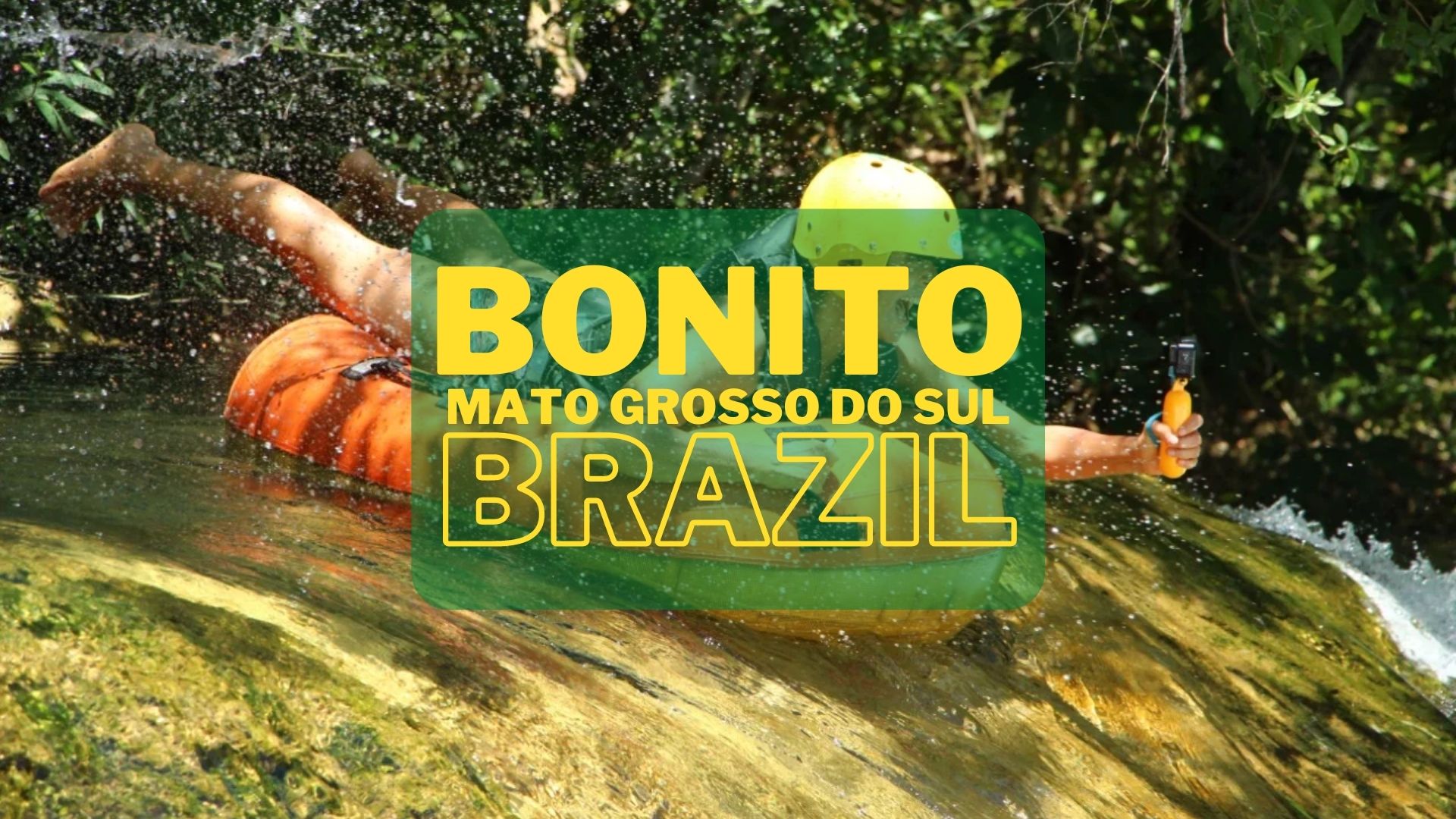A small Brazilian municipality and state-level vision proved that tourism growth and decarbonization aren’t just compatible, they’re mutually reinforcing
When the UN declared climate urgency in March 2021, followed by the Glasgow Declaration on Climate Action in Tourism that November, the global tourism industry faced a fundamental challenge: how to reconcile economic growth with climate responsibility. The goals were clear, commitments were made, but concrete examples of practical implementation were scarce.
Then came Bonito, a municipality of 24,761 inhabitants in Mato Grosso do Sul, Brazil.
What happened there over the following three years would fundamentally change the conversation about sustainable tourism. Bonito built a replicable model that proves destinations can grow their visitor numbers while simultaneously reducing their carbon footprint.
The results speak for themselves: 52.49% growth in visitor arrivals alongside a 4.65% reduction in emissions per tourist. For an industry searching for proof that climate action and economic development can coexist, Bonito became the living laboratory the world needed.
The Vision That Started It All
Bruno Wendling, Executive Director of the Mato Grosso do Sul Tourism Foundation (FUNDTUR), saw what others missed. While most destinations viewed climate certification as a cost center or marketing exercise, Wendling recognized a historic opportunity.
Mato Grosso do Sul possessed unique conditions: three distinct biomes (Cerrado, Pantanal and Atlantic Forest) including areas in Bonito that are part of the core zone boundaries of the Atlantic Forest Biosphere Reserve, decades of consolidated ecotourism experience, and most importantly, Bonito, a global icon of sustainable tourism that had demonstrated for over 30 years how territorial organization could simultaneously promote environmental conservation, economic development, and effective governance.
But the vision transcended simply certifying one municipality. The goal was to position Brazil as a global leader in climate solutions for tourism, establishing a demonstrative laboratory that would prove, with measurable data and replicable methodology, that tourism growth and decarbonization could walk hand in hand.
A Partnership Model That Works
The genius of the approach lies in its structure. Instead of a siloed initiative, a tripartite partnership was established that combined three complementary forces.
FUNDTUR brought state-level institutional articulation, long-term strategic vision, and the capacity to create necessary political and technical conditions. Bonito’s certification represented the first step in the tourism sector’s contribution to a broader state strategy: making Mato Grosso do Sul carbon neutral by 2030.
The Municipality of Bonito assumed local implementation, providing detailed operational data, infrastructure, and community engagement. The municipality already had decades of experience with carrying capacity control systems, mature collaborative governance, and solid international reputation in sustainability.
Green Initiative completed the tripod with proven international technical expertise, having previously certified Machu Picchu (UNESCO World Heritage Site, Peru) as a carbon neutral destination. The organization offered methodology based on international standards (GHG Protocol, IPCC guidelines, ISO 14064-1:2018) with flexibility for adaptation to Brazilian reality while maintaining scientific rigor.
This strategic convergence created exceptional conditions: a partner with systemic state vision, a territory with ideal conditions to serve as a pilot, and internationally proven technical expertise.
A Vision for Brazilian Leadership
Bruno Wendling, Executive Director of FundTur (Mato Grosso do Sul State Tourism Foundation), reflects on the strategic vision behind the initiative:
“When we launched this project in 2021, we weren’t just thinking about certifying one destination. We were thinking about positioning Mato Grosso do Sul as a global leader in climate solutions for tourism. Mato Grosso do Sul has unique conditions: three strategic biomes, decades of ecotourism excellence, and Bonito as a living laboratory. But what really matters is proving that sustainable tourism isn’t a cost, it’s an investment that generates measurable returns.
Our goal extends far beyond Bonito. We’re building the foundation for Mato Grosso do Sul to become carbon neutral by 2030, and creating a replicable model that can transform tourism across Brazil and internationally. The results speak for themselves: more visitors, less emissions per tourist, international recognition, and most importantly, a clear pathway for other destinations to follow.
Climate action isn’t optional anymore. Destinations that act now will lead tomorrow’s tourism market. Those that wait will find themselves left behind.
It’s important to emphasize that this all began as a state-level strategy. Mato Grosso do Sul has been increasing its productivity while simultaneously expanding planted forest areas on lands that were previously degraded pastures. Tourism has become a powerful force for giving visibility to this transformation. We’re leading by example, and the private sector is responding. Local entrepreneurs are embracing the climate agenda, with businesses like Grupo Rio da Prata certifying their attractions. What started as a public sector initiative has inspired the entire tourism industry. FundTur became a reference point for entrepreneurs themselves, demonstrating that when government leads with concrete action, the market follows.”
The Results That Changed Everything
Let’s talk numbers, but more importantly, let’s understand what they really mean.
Environmental Impact
Between 2021 and 2023, Bonito achieved:
- 4.65% reduction in emissions per tourist (from 46.17 to 44.02 kgCO₂eq/tourist)
- 52.49% growth in visitor flow during the same period
- 31,012 tCO₂eq/year sequestered by forest areas, more than double the emissions generated
This last figure transformed the entire narrative about forest conservation. It’s no longer just about protecting the environment for ethical or regulatory reasons; preserved forests became a measurable economic asset, an integral part of the local tourism business model.
In waste management, 758 tons of organic waste were composted between 2022 and 2024, producing 189 tons of compost and avoiding methane emissions. This circular economy doesn’t just reduce emissions — it creates value and transforms problems into solutions.
International Recognition
The work didn’t go unnoticed:
- 🏆 Smart Destinations Award 2025
- 🏆 Global benchmark by the Glasgow Declaration
- 🏆 “Gold” certification from UN Climate Change
- 🏆 2nd place at WTM Latin America Responsible Tourism Awards
- 🏆 National Tourism Award from Brazil’s Ministry of Tourism
More than trophies, these recognitions represent something crucial: internationally established technical credibility. This credibility opens doors to future access to international climate financing resources like the Green Climate Fund (GCF) and Global Environment Facility (GEF), while attracting private investments from the growing ESG market.
Spontaneous media coverage exceeded one million dollars in equivalent value, positioning Bonito, and by extension, Brazil, as a global protagonist in climate solutions for tourism.
Social and Economic Impact
The 313,316 tourists who visited Bonito in 2023 experienced carbon neutral tourism and participated in climate education programs, becoming multipliers of the message that different tourism is possible.
Over 100 professionals were trained in climate action for tourism, creating permanent local expertise. Sixteen tourism companies actively engaged in sustainability programs, with notable cases like Estância Mimosa, which became the world’s first tourist attraction to receive Climate Positive certification.
The 22,549 inhabitants experienced concrete improvements in municipal environmental management, with climate education programs implemented in schools and community engagement initiatives reaching thousands of people.
Local Implementation, Global Impact
Juliane Ferreira Salvadori, Vice-Mayor of Bonito, shares insights on local implementation and community engagement:
“For Bonito, becoming the world’s first carbon neutral ecotourism destination wasn’t just about an international certification — it was about strengthening what makes us unique and sharing it with the world. Our community has protected this territory because we understand that our natural assets are our future.
What we’ve seen with this climate action initiative is remarkable. Local businesses are more engaged, our students are learning about climate solutions in schools, and tourists leave here not just amazed by our natural beauty, but inspired by what’s possible when a community commits to sustainability.
The numbers are impressive, but what matters most to us is that we’re proving sustainable tourism works economically, environmentally, and socially. We’re not sacrificing growth for sustainability; we’re growing because of sustainability.
Our vision for the future is clear: continue leading by example, inspire other destinations, and show that small municipalities can make a big difference in global climate action. Bonito is ready to share what we’ve learned with any destination willing to take this journey.”
From Planning to Action: What Actually Got Done
The Climate Action Plan isn’t a document of intentions, it’s a practical implementation roadmap structured around four strategic axes already showing concrete results:
Energy Transition & Mobility:
- Expansion of bike lane network
- Progressive renewal of municipal fleet (target: 100% by 2030)
- Photovoltaic power plant projects
- Brazil’s second 100% carbon neutral air route: 2,700 tons of CO₂ neutralized
Waste Management & Circular Economy:
- Industrial composting partnership processing 758 tons
- Strengthening of recycling cooperatives
- Integration with local initiatives
- Target: expansion to 300 tons of composting by 2030
Ecosystem Regeneration:
- Municipal nursery: 10,000 seedlings/year
- Partnerships for seedling donations (9,000 in 2024; forecast of 40,000 in coming years)
- Plans for linear park creation: 108,000 m² by 2030
Climate Education & Engagement:
- “Knowing to Conserve: Bonito for Climate” program
- Participatory workshops with entrepreneurs and community
- Tourism Challenge: solutions for decarbonization of 40 tourism businesses
- Development of regenerative tourism platforms
Why This Model Works for Ecotourism Destinations
Bonito’s experience reveals strategic insights: ecotourism destinations with preserved natural areas as their primary asset have significant natural advantages in achieving climate goals.
Differentiated Sequestration Capacity: Preserved natural areas result in greater carbon capture potential, drastically reducing the need for external compensation and providing superior economic viability for carbon neutrality.
Transformation of Natural Asset Value: Natural areas become recognized as strategic economic assets. Measurable ecosystem services are integrated into the business model. Conservation is motivated by tourism, not despite it.
Global Competitive Differentiation: Attraction of conscious tourists willing to pay premium prices. Unique positioning in the international market. Climate certification as a quality seal and commitment.
Access to Climate Financing: Technical credibility for multilateral funds. Relevance of biodiversity conservation to global goals. Concrete economic alternative to predatory activities.
The Roadmap: From Vision to Certification in 10 Months
One of the most attractive aspects of this model is its efficiency. The entire initial cycle — from structuring to certification and complete action plan — can be accomplished in just 10 months:
- Month 1: Structuring (partnerships, methodology, team training)
- Months 2-3: Diagnosis (GHG inventory, carbon sequestration assessment)
- Month 4: Certification (calculations, independent submission, launch strategy)
- Months 5-10: Action Plan (participatory development, goals, monitoring)
Following certification, continuous implementation begins with annual indicator monitoring and progressive action implementation.
The Brazilian Green Potential in the 2025-2030 Scenario
The 2025-2030 period represents a critical moment for global climate action. The Paris Agreement establishes ambitious emission reduction targets, and the tourism sector, responsible for approximately 8-10% of global greenhouse gas emissions, finds itself under growing pressure to demonstrate concrete commitment to decarbonization.
Brazil, possessor of the planet’s greatest biodiversity and holder of vast conservation areas, is strategically positioned to lead regenerative tourism solutions. The country brings together unique conditions: exceptional natural capital, consolidated ecotourism experience, and technical capacity to develop innovative models that reconcile economic development with climate responsibility.
Bonito’s experience, and its systematic replication across Brazilian ecotourism destinations, establishes Brazil as a global reference in practical implementation of tourism decarbonization. This positioning transcends environmental issues, it represents a strategic opportunity for competitive differentiation, attraction of green investments, and privileged access to international climate funds.
What This Means for Your Destination
If Bonito, a municipality with fewer than 23,000 inhabitants, can achieve carbon neutral certification while growing its tourism by over 50%, what’s possible for your destination?
The model exists. The methodology is validated. The expertise is available.
The question isn’t whether your destination can become carbon neutral. The question is: when will you start?
Whether you’re a destination management organization, a state tourism board, a municipality, or a tourism business leader, the Bonito model demonstrates that climate action isn’t just the right thing to do — it’s the smart thing to do.
Climate certification delivers:
- International recognition and credibility
- Competitive market differentiation
- Access to climate financing
- Attraction of conscious, premium-paying tourists
- Measurable economic value from natural asset preservation
- Foundation for sustainable long-term growth
Ready to Transform Your Destination?
Green Initiative has proven expertise in climate certification for tourism destinations. From Machu Picchu in Peru to Bonito in Brazil, we’ve developed and validated a methodology that works across different contexts, cultures, and continents.
Our approach combines:
- Rigorous scientific methodology (GHG Protocol, IPCC, ISO 14064-1:2018)
- Multilevel governance facilitation
- Practical, results-oriented implementation
- Transparent monitoring and reporting
- International certification and recognition
The journey from vision to certification takes 10 months. The impact lasts for generations.
Contact us to discuss how we can help your destination become a global reference in climate action.

This article was written by Matheus Mendes from the Green Initiative Team.
